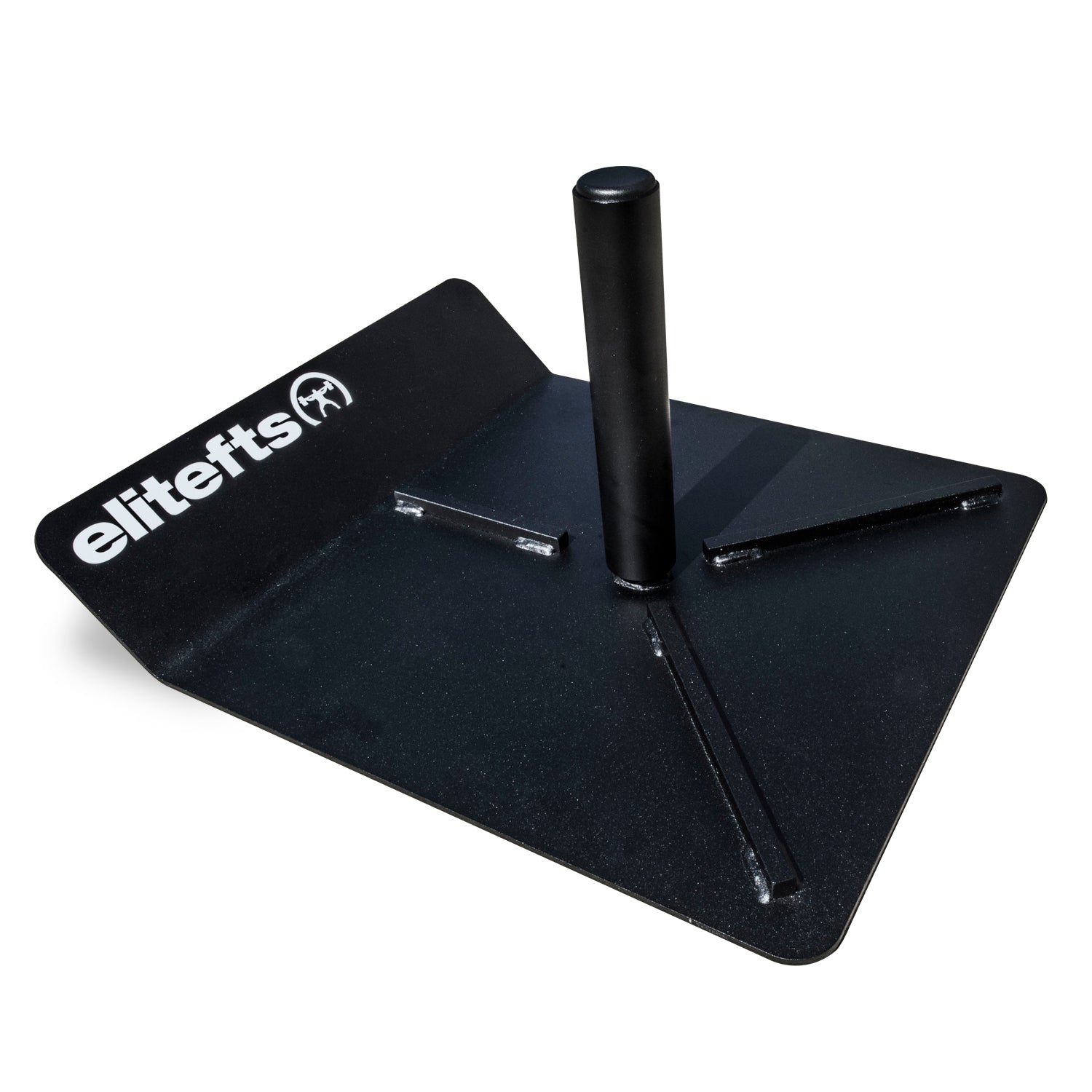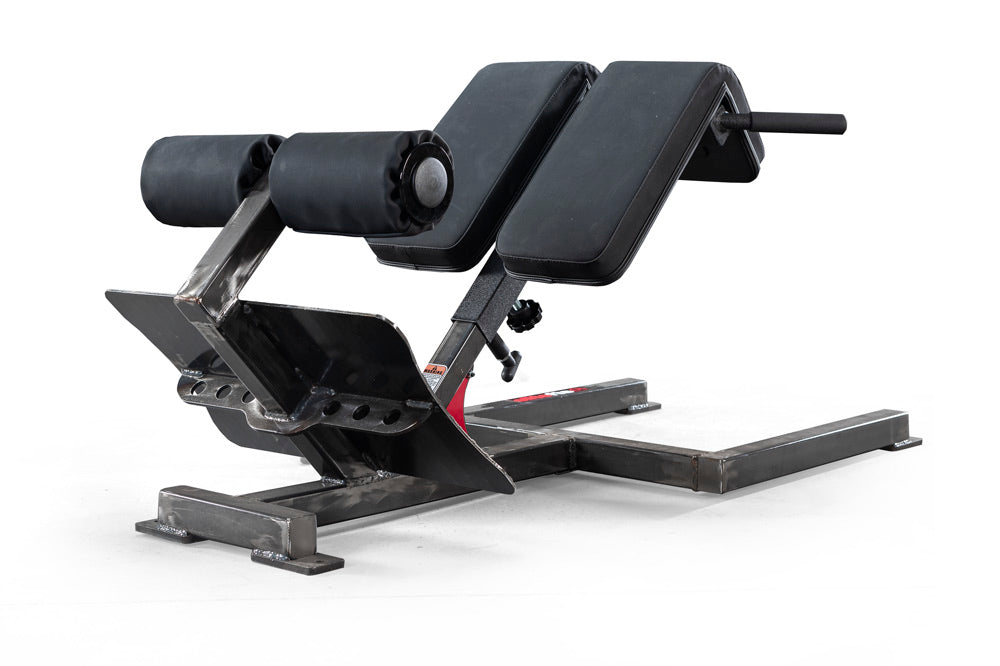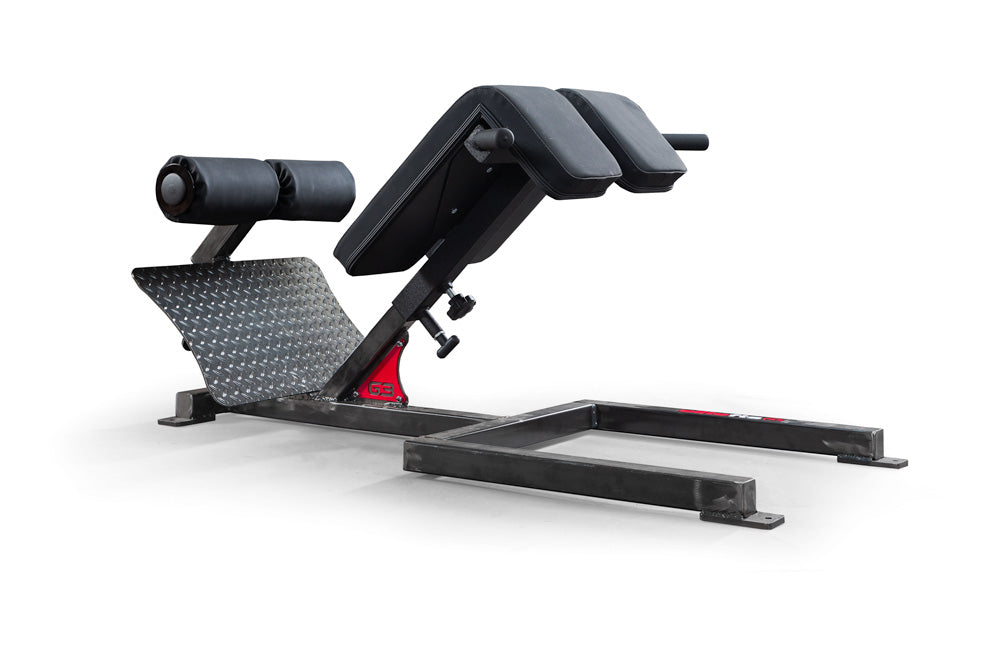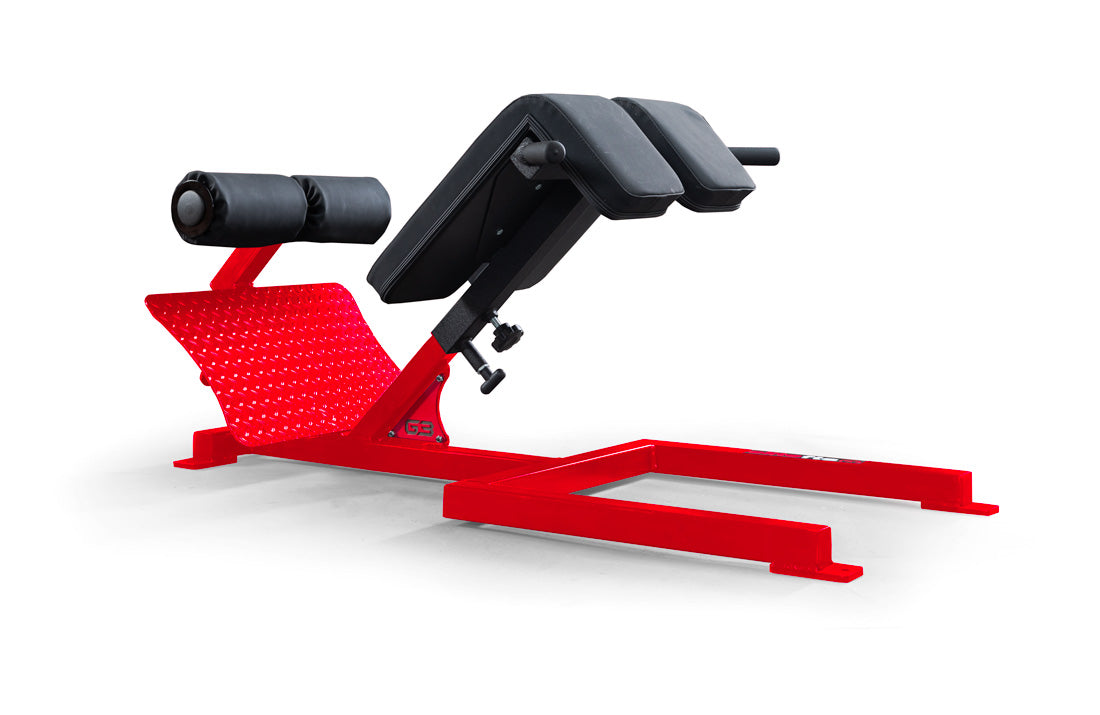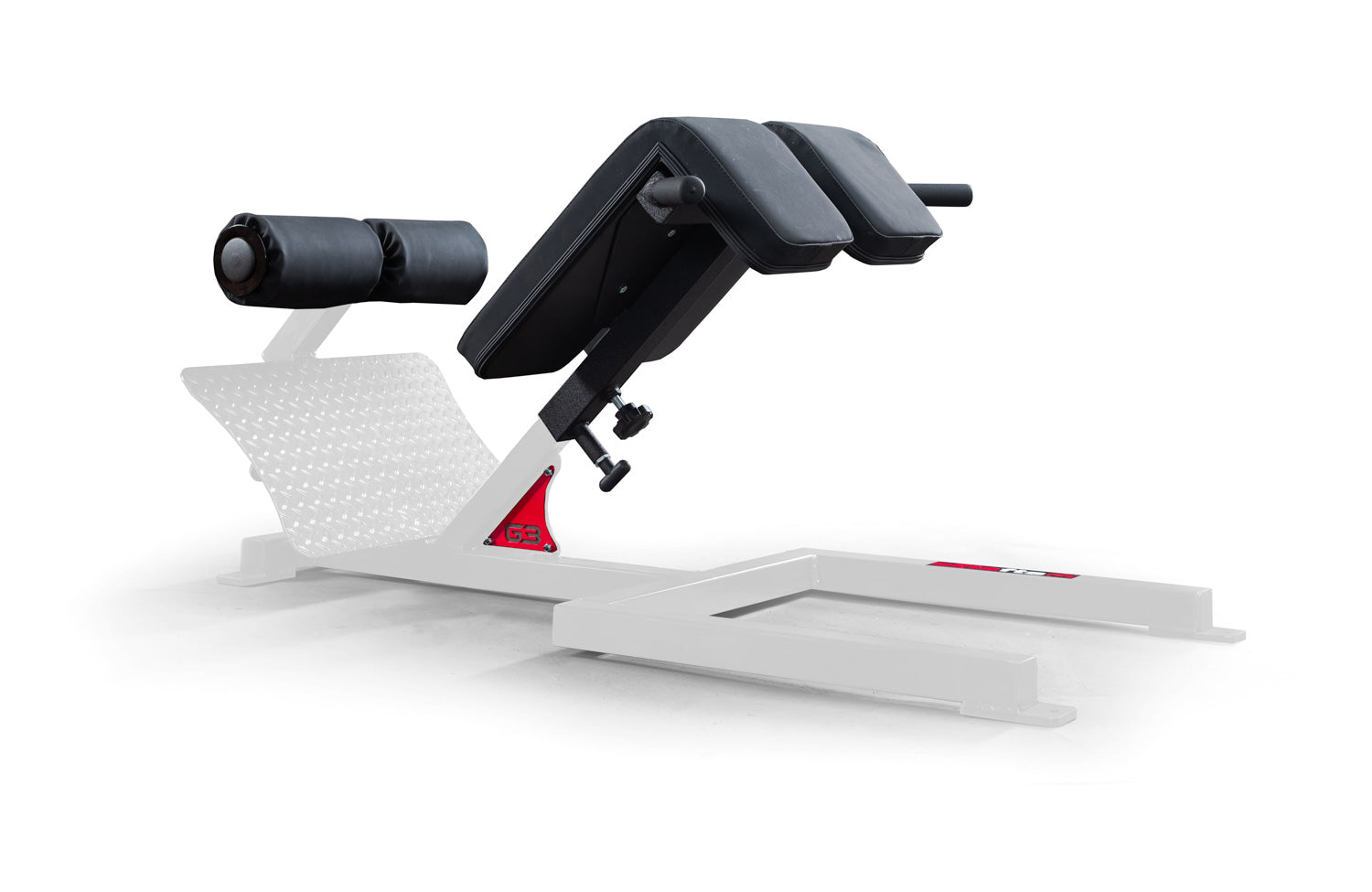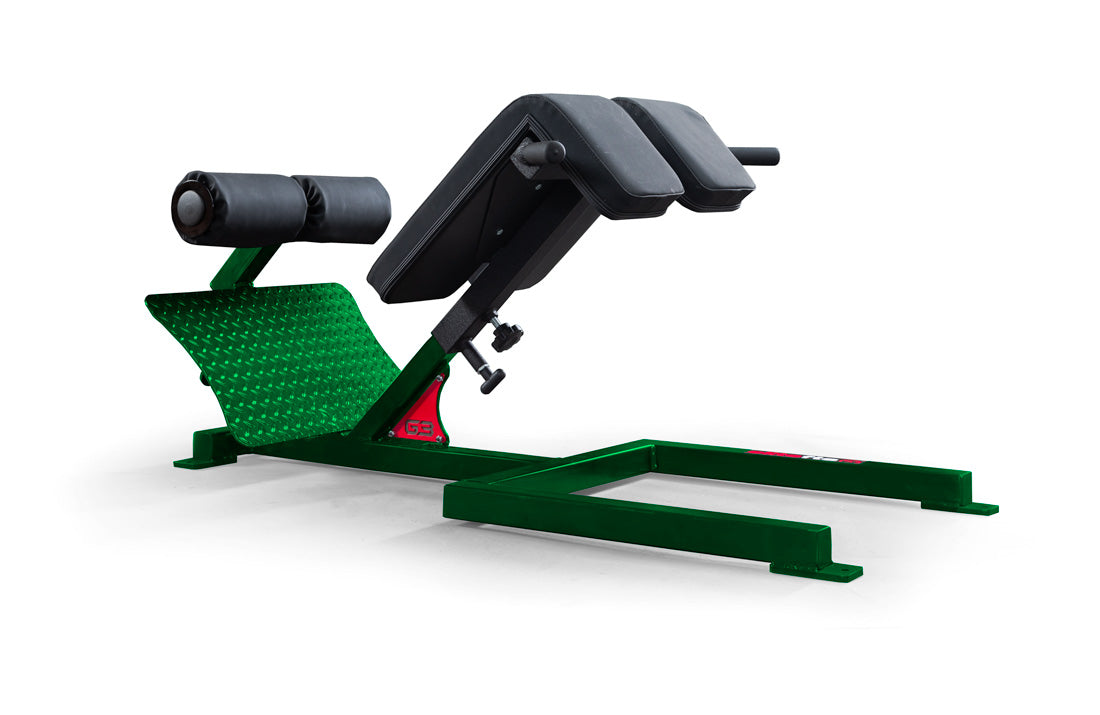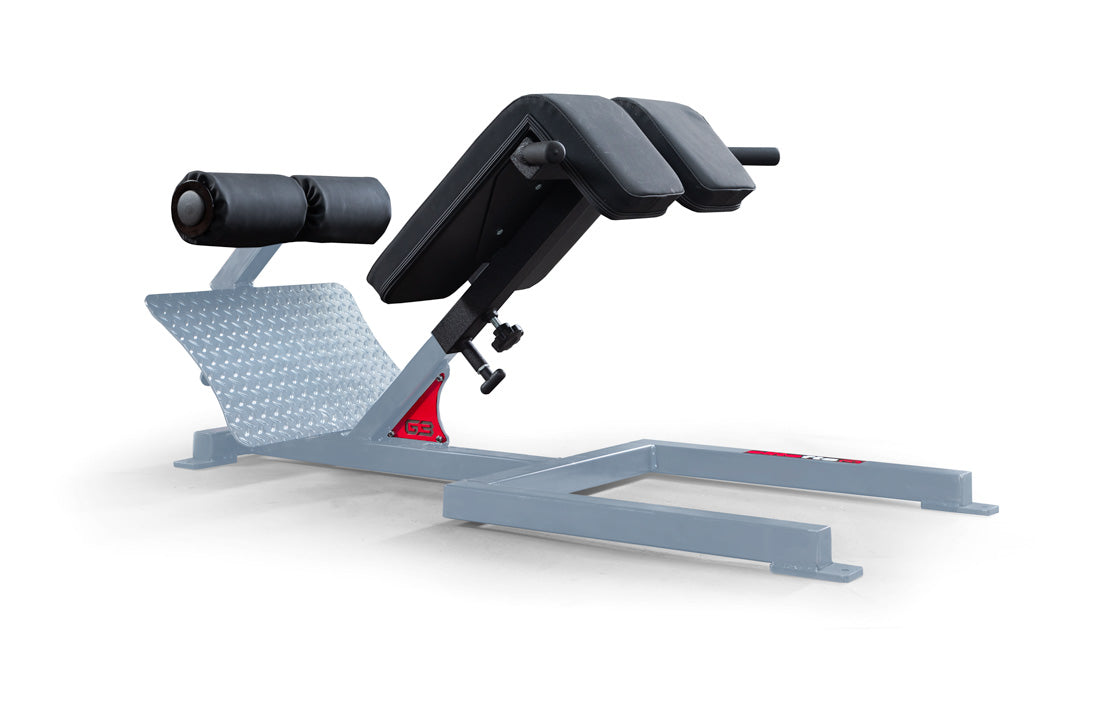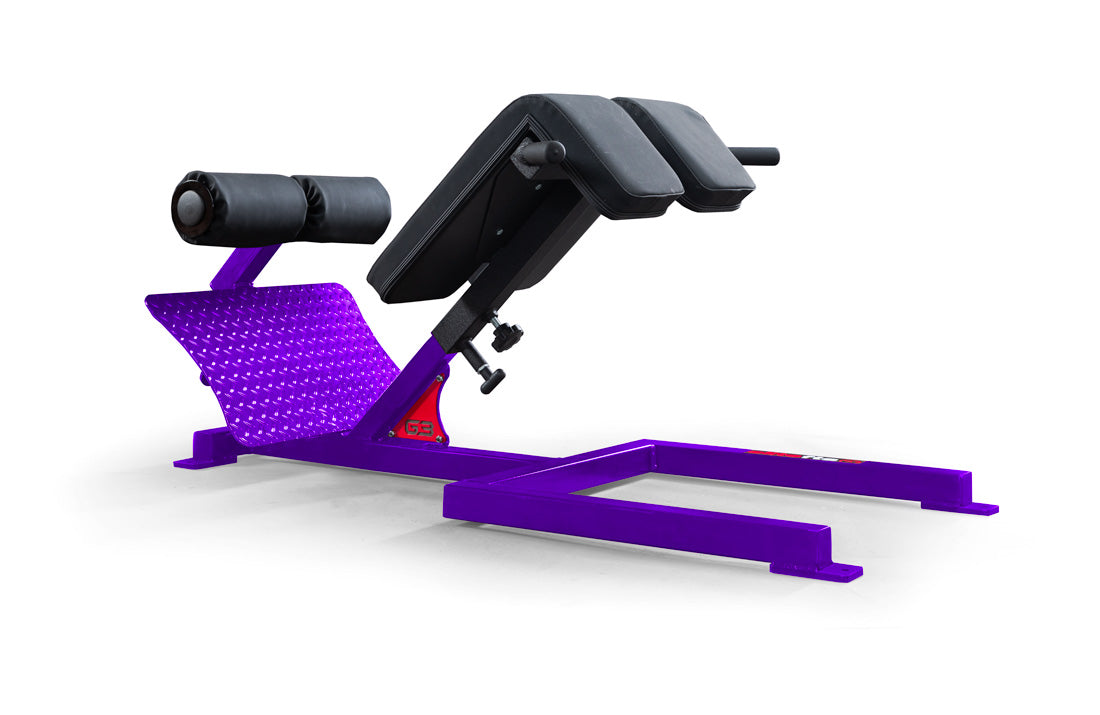As many of you know, I have made a career out of simplicity. I am a huge fan of the concept of Ocham’s Razor, which states that the simplest of explanations is preferable to more complex ones. To this end, I originally developed a flow chart to simplify my programming for different elements. Here is a
link to my flow chart.
Decision-Making Tree
Almost eight years have passed, and I still believe in the simplicity approach, but after seeing Duncan French present at the 2023 NSCA National Conference, I decided that a decision-making tree would allow me to have an even clearer picture of what is required. This is the original flow chart:

Which has evolved into this decision-making tree:

The first question looks at the mass of the person and the position that they are playing in my sport of rugby. This can also be extended to look at body composition as well, which would then open a further line of inquiry with metabolic programming (circuits and strongman) priority combined with nutrition. The next decision involves strength scores if a player is in the correct range. If not, then the program is prioritized to hypertrophy and strength, which parallels the aspect of mechanical training in my programming philosophy.
Program for Desired Mass Range
This is an example of the program that I would prescribe for someone who answers "NO" at the first decision marker:
| Monday | Tuesday | Wednesday | Thursday | Friday |
| Upper Body | Lower Body | Upper Body | Lower Body | Upper Body |
|
1a. Incline Bench Press 1b. Seated Row 2a. Bradford Press with Earthquake Bar 2b. KB Seated Shrugs 3a. Axle Barbell Curl 3b. Swiss Bar Close Grip Bench Press |
1: Knee Dominant Movement 2a: Sprinter’s Squat 2b: Natera Landmine RDL 3a. RDL (6) 3b. Hip Thrust (12) 3c. Reverse Hyper® (25) |
1a. Swiss Bar Bench Press 1b. Pendlay Row 2a. Swiss Bar Shoulder Press 2b. Pulldown to Chest 3a. Seated Hammer Curls with a 5-second pause at midpoint 3b. Low Incline Tate Presses |
1: Hip Dominant Movement 2a: Kneeling to Feet Step Up 2b: Single Leg Hip Thrust 3a. Front Squat (6) 3b. Reverse Lunge (12) 3c. Goblet Squat (25) |
1a: Triple Drop Incline DB Bench Press (45/30/15) 1b: Mechanical Advantage Chins Complex: Wide/Shoulder/Close 2a. Single Arm KB Savickas Press (6) 2b. Two-Arm DB Front Raise (12) 2c. DB Laterals (25) 3a. One DB Bench Press 3b. Landmine Kroc Row |
| UB CARE x 4 | LB CARE x 4 | UB CARE x 4 | LB CARE x 4 | UB CARE x 4 |
Utilizing the following sets and reps, unless where stated in the program. For example, 6/12/25:
| Week | UB Pull | UB Push | LB Primary | LB Secondary |
| 1 | 3 x 12 | 3 x 6 | 3 x 6 | 3 x 12 |
| 2 | 3 x 8 | 3 x 4 | 3 x 4 | 3 x 8 |
| 3 | 3 x 10 | 3 x 5 | 3 x 5 | 3 x 10 |
| 4 | 3 x 6 | 3 x 3 | 3 x 3 | 3 x 6 |
Test Scores For Strength Range
If the answer at the first decision marker is "YES," then the next step is to ascertain whether the player is in the correct strength range on the major exercises. I have used the following test scores as a general gauge and will allow some leeway in the decision-making process.
|
Trap Bar Deadlift 2.5 x BW |
Deadlift 2 x BW |
Box Squat 2.5 x BW |
Back Squat 2 x BW |
| Front Squat 1.75 x BW | Bench Press 1.5 x BW | Incline Bench Press 1.25 x BW | Military Press 1 x BW |
| Chin Up or Bench Pull 1.5 x BW | Power Clean 1.25 x BW | Power Snatch 1 x BW | Push Press/Jerk 1.25 x BW |
If the player is a "NO" for strength levels, the program will be prioritized toward maximal strength and strongman-style training. This is the type of program I would put into place for this player:
Full Body (FB) Gym Programming
Week One
| Monday | Wednesday | Friday |
|
1 x Hinge (bilateral) 1 x Knee (unilateral) 1 x Upper Body Push (horizontal) 1 x Upper Body Pull (horizontal) 1 x Loaded CarryIndividual Rehab/Prehab (CARE) |
1 x Knee (bilateral)1 x Hinge (unilateral)1 x Upper Body Push (vertical)1 x Upper Body Pull (vertical)1 x Loaded Carry Individual Rehab/Prehab (CARE) | 1 x Hinge (bilateral)1 x Knee (unilateral)1 x Upper Body Push (horizontal/unilateral)1 x Upper Body Pull (horizontal/unilateral)1 x Loaded Carry Individual Rehab/Prehab (CARE) |
Week Two
| Monday | Wednesday | Friday |
|
1 x Knee (bilateral) 1 x Hinge (unilateral) 1 x Upper Body Push (vertical) 1 x Upper Body Pull (vertical) 1 x Loaded Carry Individual Rehab/Prehab (CARE) |
1 x Hinge (bilateral) 1 x Knee (unilateral) 1 x Upper Body Push (horizontal) 1 x Upper Body Pull (horizontal) 1 x Loaded Carry Individual Rehab/Prehab (CARE) |
1 x Knee (bilateral) 1 x Hinge (unilateral) 1 x Upper Body Push (vertical/unilateral) 1 x Upper Body Pull (vertical/unilateral) 1 x Loaded Carry Individual Rehab/Prehab (CARE) |
With the following sets and reps plan:
| Week | Strength And Bilateral | Size And Unilateral |
| Week One | 4 x 6 | 4 x 12 |
| Week Two | 3 x 4 | 4 x 8 |
| Week Three | 4 x 5 | 5 x 10 |
| Week Four | 3 x 3 | 5 x 6 |
If the player answered "YES" to the required strength levels, then he must be tested for an Explosive Strength Deficit. This
link provides a detailed explanation of the test.
From the test results, a player will be prioritized into one of three types of training. If the difference between the jumps is small, then the player lacks explosiveness and will go into a Neural (speed and strength) style of training. If the decrement is medium, then they will filter into a balanced training approach utilizing a more Conjugate style of training, detailed in this recent article, “Off Season Conjugate Training for Rugby”. Finally, if the decrement is quite large, then the program will focus on more of a mechanical (strength) style of programming, as detailed previously in this article.
Traffic Light Approach
Depending on the experience of the player, I would use a traffic light approach to this type of programming and select from one of the following three options:
|
SURVIVING Straight Sets |
DEVELOPING Traditional Contrast |
PROSPERING French Contrast (1) |
PROSPERING French Contrast (2) |
|
ExplosivePull, Push, And Squat Straight Sets |
Hip Dominant s/s LB Plyometric or Med Ball Knee Dominant s/s LB Plyometric or Med Ball Upper Body Push s/s UB Plyometric or Med Ball |
1a: Box Squat 1b: Depth Jumps 1c: Jump Squat 1d: Assisted Vertical Jump 2a: Bench Press 2b: Clap Push Up 2c: DB Push Press 2d: Med Ball Drop |
1a: Trap Bar Deadlift 1b: Broad Jump 1c: Hang Clean 1d: Assisted Broad Jump 2a: Push Press 2b: Drop Push Ups 2c: Rotational Jammer Push 2d: Med Ball Vertical Push |
All players will add specific needs-based CARE programming in accordance with their prior injury history and positional needs in conjunction with the medical and performance staff. This program is detailed in my December column article
CARE Programming Versatility.
Header image courtesy of peopleimages12 © 123rf.com
Ashley Jones has worked in three professional sports across 30 years and four continents. He was awarded the NSCA's Professional Coach of the Year in 2016. Ashley holds his CSCS (Certified Strength and Conditioning Specialist) since 1988 and is an honorary lecturer in the School of Therapeutic Sciences, University of Witwatersrand, Johannesburg, SA.
















